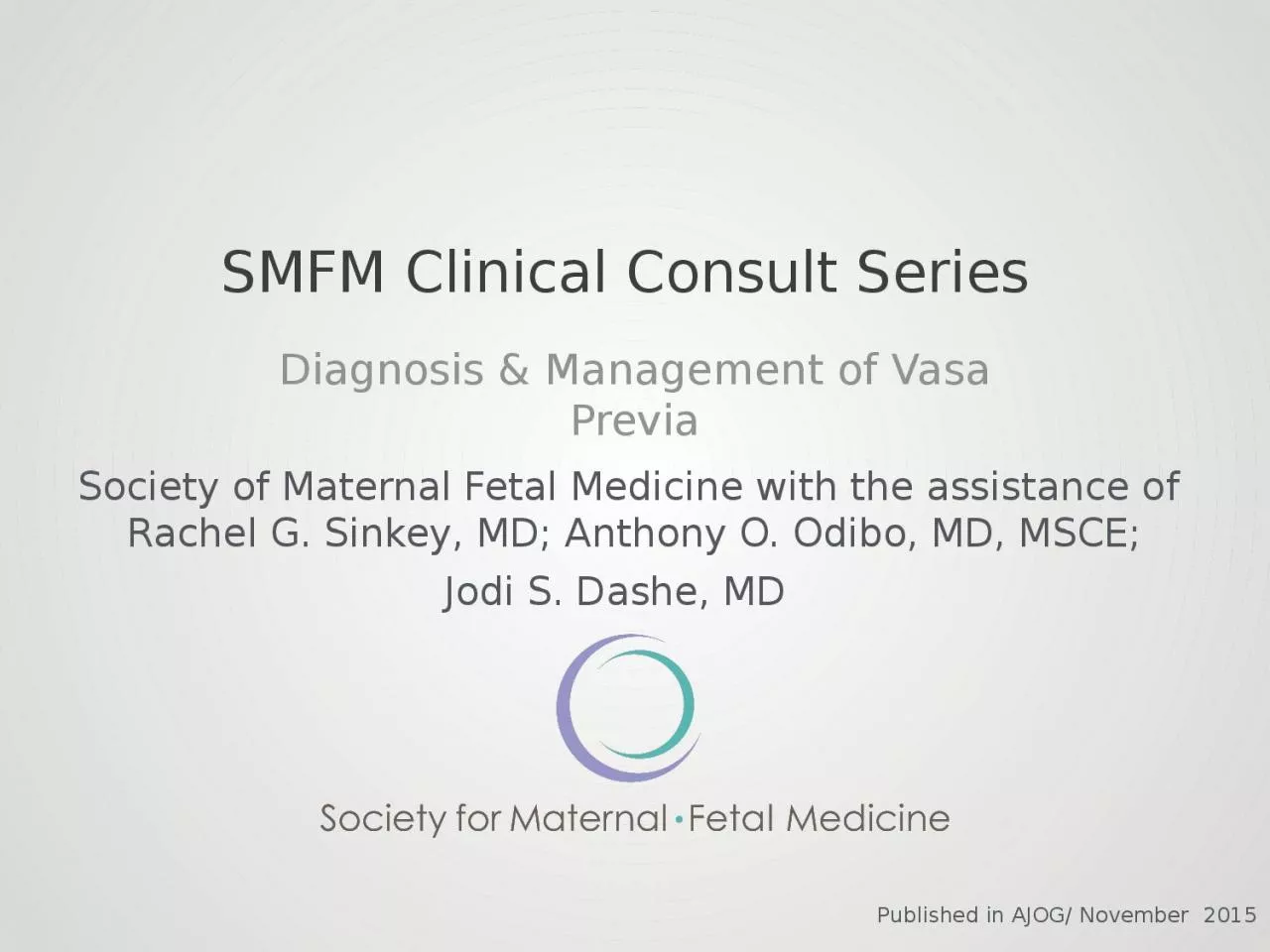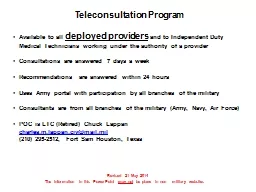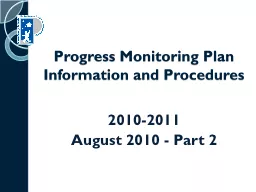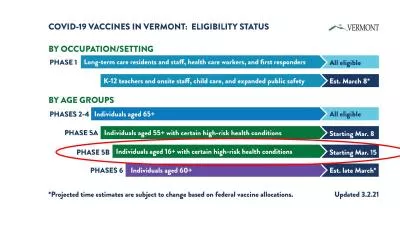PPT-SMFM Clinical Consult Series
Author : Masterchief | Published Date : 2022-07-27
Diagnosis amp Management of Vasa Previa Society of Maternal Fetal Medicine with the assistance of Rachel G Sinkey MD Anthony O Odibo MD MSCE Jodi S Dashe
Presentation Embed Code
Download Presentation
Download Presentation The PPT/PDF document "SMFM Clinical Consult Series" is the property of its rightful owner. Permission is granted to download and print the materials on this website for personal, non-commercial use only, and to display it on your personal computer provided you do not modify the materials and that you retain all copyright notices contained in the materials. By downloading content from our website, you accept the terms of this agreement.
SMFM Clinical Consult Series: Transcript
Download Rules Of Document
"SMFM Clinical Consult Series"The content belongs to its owner. You may download and print it for personal use, without modification, and keep all copyright notices. By downloading, you agree to these terms.
Related Documents














